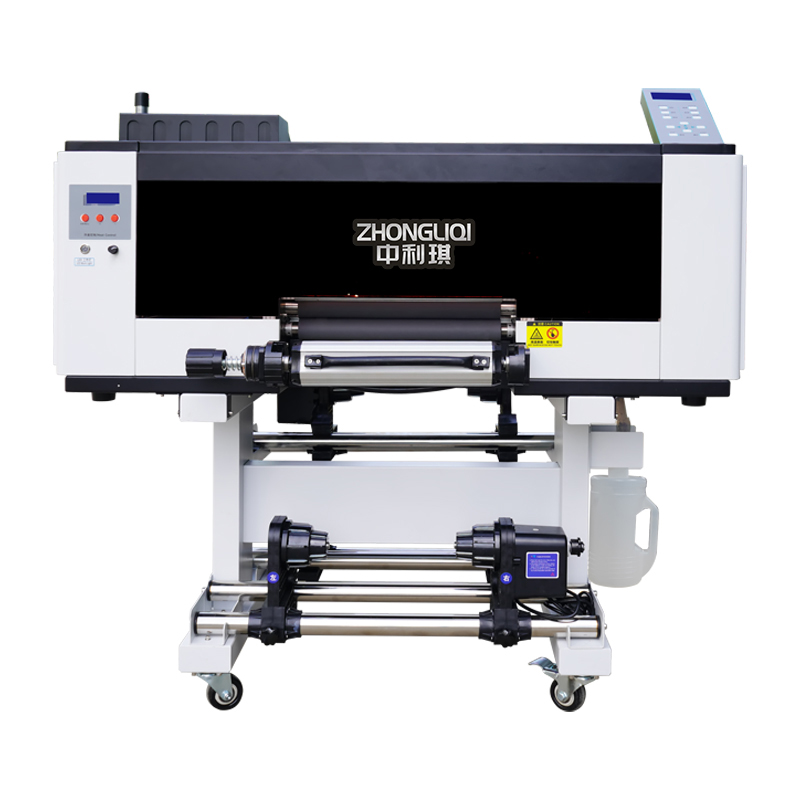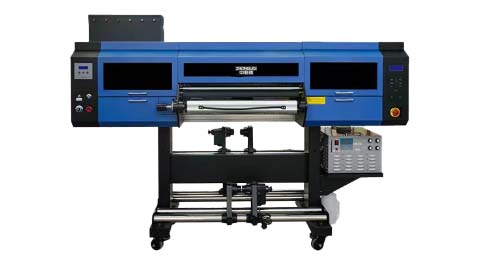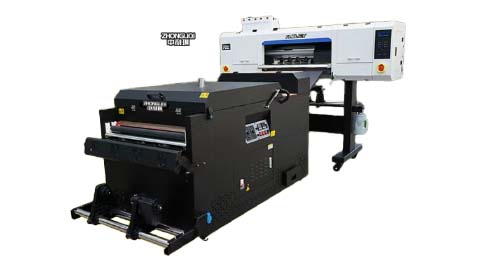DTF printer machine
UV DTF printer
Sublimation printer



Maintaining your printer and its print head is crucial for ensuring consistent print quality and longevity of your printer. Here are some tips to help you maintain your printer and its print head:
Keep the Printer Clean: Dust and debris can accumulate inside the printer over time, which can lead to clogs and print quality issues. Regularly open the printer and gently clean the inside with a soft, dry cloth. Avoid using water or liquid cleaners inside your printer.
Use It Regularly: Printers that sit idle for too long are more prone to ink drying out and clogging the print heads. Try to print something at least once a week to keep the ink flowing and prevent clogs.
Use High-Quality Ink: While it might be tempting to save money on cheaper, third-party ink cartridges, these can sometimes cause problems with your print head. Using ink recommended by your printer’s manufacturer can help prevent clogs and ensure high-quality prints.
Perform Regular Maintenance: Most printers have a built-in maintenance function that you can run from the printer menu or the printer software on your computer. These maintenance functions often include cleaning and aligning the print head. Running these regularly can help keep your printer in top condition.
Handle Print Heads Carefully: If you need to remove or clean the print head manually, be very gentle. Print heads are delicate and can be easily damaged. Always turn off and unplug your printer before attempting any manual maintenance.
Replace Cartridges Before They Are Completely Dry: Running your printer with empty or nearly empty ink cartridges can lead to air getting into the system and drying out the print head. Replace ink cartridges before they are completely out to avoid this.
Use the Right Paper: Using paper that is too thick, too thin, or designed for a different type of printer can cause wear and tear on your printer’s rollers and print head. Make sure you’re using the correct paper for your printer model.
Store Unused Cartridges Properly: If you have spare ink cartridges, store them in a cool, dry place and keep them in their original packaging to prevent them from drying out.
By following these tips, you can help ensure your printer and print head remain in good working condition, providing you with high-quality prints for years to come.
What should I do if my print head gets clogged?
If your print head gets clogged, it can lead to poor print quality, such as missing colors or streaks in the printout. Here are steps you can take to unclog your print head:
Use the Printer’s Cleaning Function: Most modern printers have a built-in cleaning function that you can run to try and unclog the print head. This function forces ink through the nozzles to try to dislodge any blockages. You can usually find this option in the printer's maintenance menu. Note that this process uses a considerable amount of ink.
Manual Cleaning:
For Removable Print Heads: Gently clean the print head nozzles with a damp lint-free cloth or paper towel. You can also use a small amount of distilled water or isopropyl alcohol. For severe clogs, you might consider soaking the print head in warm distilled water for a few minutes. Be careful not to touch the electronic parts.
For Non-Removable Print Heads: Wet a lint-free cloth with distilled water or isopropyl alcohol and gently blot the nozzles on the print head. You can also try using a syringe without a needle to gently apply a few drops of distilled water or isopropyl alcohol directly to the nozzles.
Preparation: Turn off and unplug your printer. Remove any paper from the tray and prepare a clean, dry workspace.
Remove the Cartridges: Carefully remove the ink cartridges from the printer. Refer to your printer’s manual for instructions on how to do this properly.
Remove the Print Head (if possible): Some printers allow you to remove the print head. If yours does, gently take it out following the manufacturer's instructions. If your printer’s print head is not removable, you will have to clean it while it is still inside the printer.
Clean the Print Head:
Rinse and Dry: If you soaked the print head, after cleaning, rinse it thoroughly with distilled water. Allow it to dry completely before reinstalling it. It’s crucial that no moisture is left on the print head when you put it back.
Reinstall the Print Head and Cartridges: Carefully reinstall the print head (if it was removed) and the ink cartridges. Make sure everything is correctly seated and secure.
Run a Test Print: After everything is reassembled, turn your printer back on and run a test print. You may need to run the built-in cleaning function one more time to get the ink flowing properly again.
Consider Professional Help: If you’ve tried the above steps and your print head is still clogged, it might be time to consult with a professional. Some print heads are particularly difficult to clean, and a professional service might have more advanced techniques at their disposal.
Remember, prevention is the best cure. Regular use and maintenance of your printer can help avoid clogged print heads in the first place.




